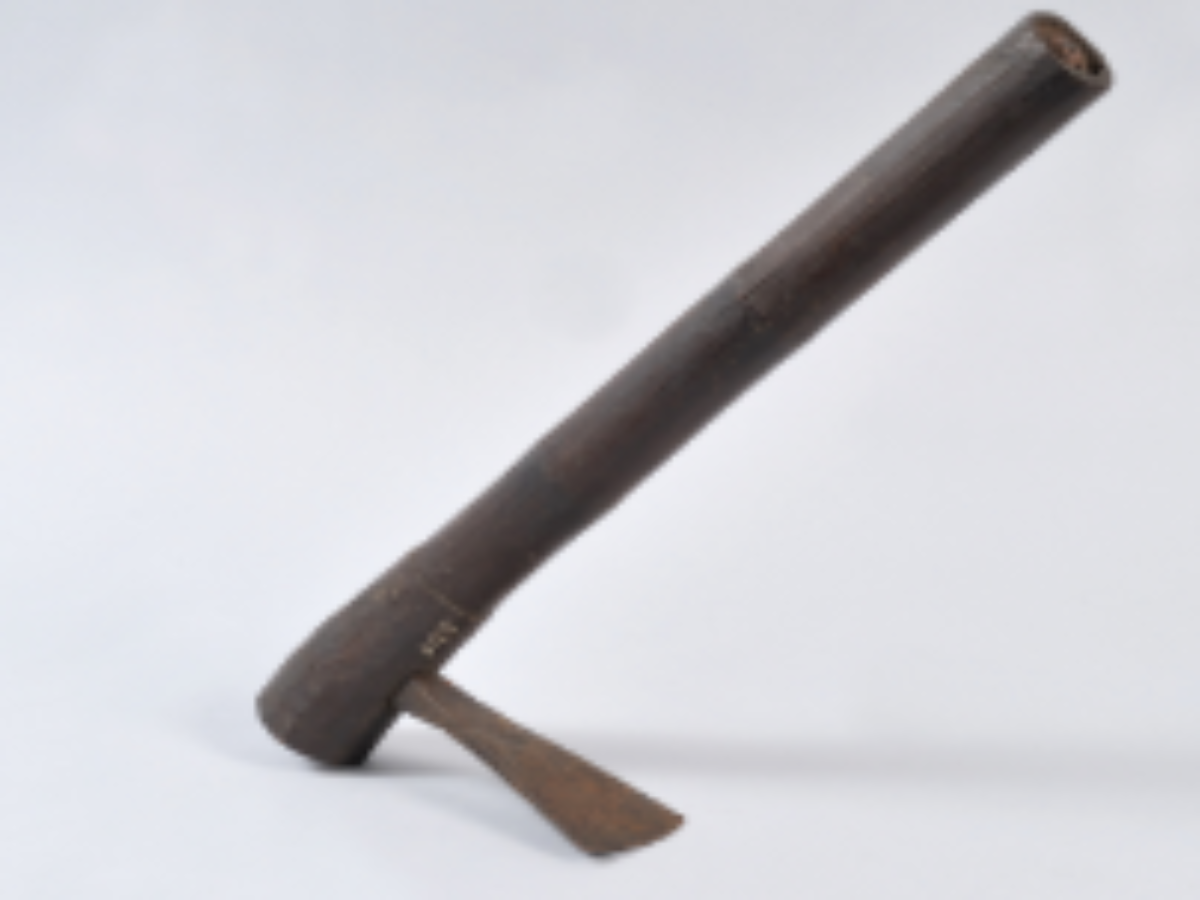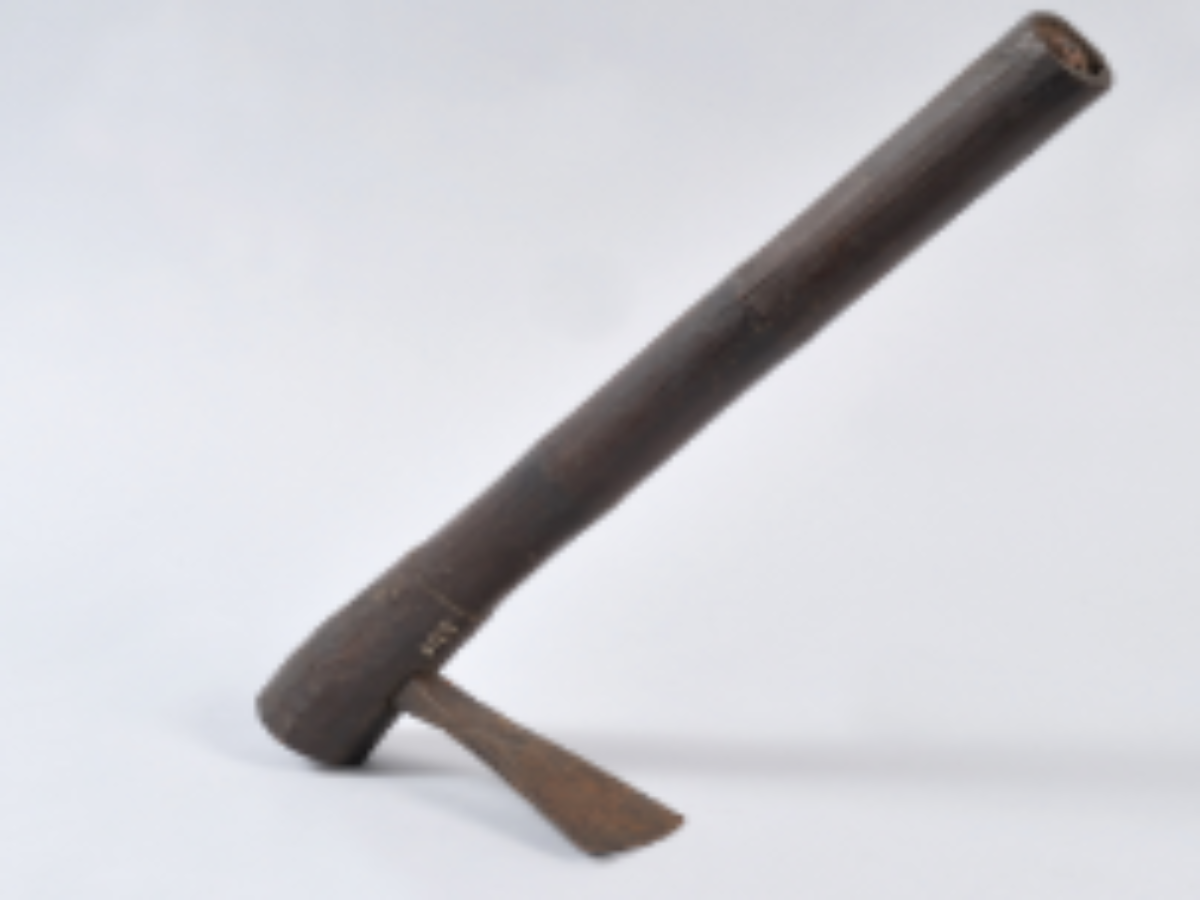State
Tribe Name
Art Type
short description
The hoe is an indigenous agricultural implement which, traditionally, the Lushai tribe-the Mizo of the northeastern part of India-has used and which still provides considerable support to the agricultural economy of the tribes, growing crops such as rice, maize, and various vegetables. The Lushai hoe consists of two simple components: an iron blade and a bamboo handle. The blade is of triangular shape with a straight cutting edge that allows it to be used for efficient tillage and weeding. It helps easily break the soil and remove the weeds for alternate system of traditional shifting cultivation by the Lushai people. The triangular blade is also very much able to resist heavy amounts of stressing during use in every condition of ground while ensuring some amount of precision cuts, which makes it an effective tool. The bamboo handle is lightweight, flexible, and strong; it adds nimbleness to the tool and minimizes the energy likelihood required to swing it.
Thumbnail

Filter Postion
Right
Filter Background
Off
Theme
Filter Header Image

content
Image

description
The hoe is an indigenous agricultural implement which, traditionally, the Lushai tribe-the Mizo of the northeastern part of India-has used and which still provides considerable support to the agricultural economy of the tribes, growing crops such as rice, maize, and various vegetables. The Lushai hoe consists of two simple components: an iron blade and a bamboo handle. The blade is of triangular shape with a straight cutting edge that allows it to be used for efficient tillage and weeding. It helps easily break the soil and remove the weeds for alternate system of traditional shifting cultivation by the Lushai people. The triangular blade is also very much able to resist heavy amounts of stressing during use in every condition of ground while ensuring some amount of precision cuts, which makes it an effective tool. The bamboo handle is lightweight, flexible, and strong; it adds nimbleness to the tool and minimizes the energy likelihood required to swing it.
Farming among the Lushai is closely attached to their culture and economic life. The design and manufacture of various tools also reflect their know-how in utilizing some local materials, which denotes the cultural-ecological link with their surrounding environment. Thus hoes and other such implements assist in sustainable agricultural practices, handed down from one generation to another. Nevertheless, all these implements also have their second meaning; they symbolize a very strong link between the tribes and their ancestral land, on which they heavily depend for their labor. This insight into significance allows us to view and appreciate the agricultural heritage of the Lushai tribe (Mizo) with their sustainable farming methods.
Farming among the Lushai is closely attached to their culture and economic life. The design and manufacture of various tools also reflect their know-how in utilizing some local materials, which denotes the cultural-ecological link with their surrounding environment. Thus hoes and other such implements assist in sustainable agricultural practices, handed down from one generation to another. Nevertheless, all these implements also have their second meaning; they symbolize a very strong link between the tribes and their ancestral land, on which they heavily depend for their labor. This insight into significance allows us to view and appreciate the agricultural heritage of the Lushai tribe (Mizo) with their sustainable farming methods.
Image Mode
landscape
promoted
On
Verified
Off
